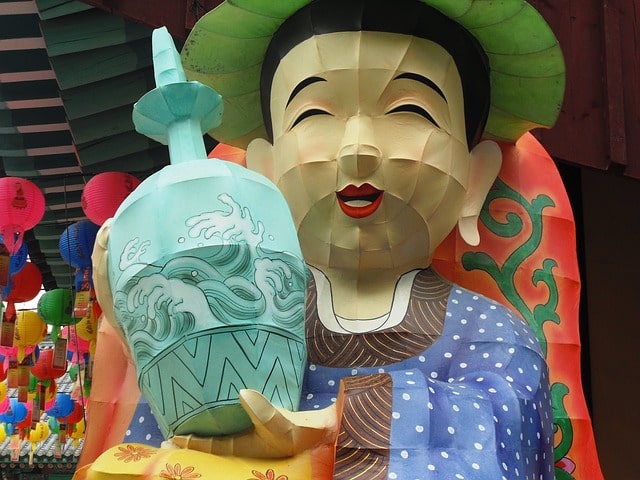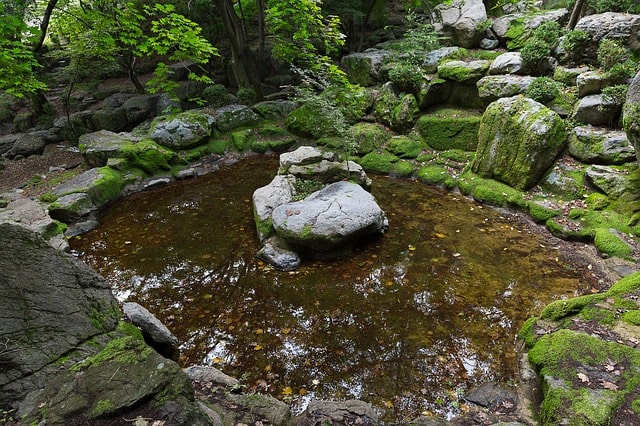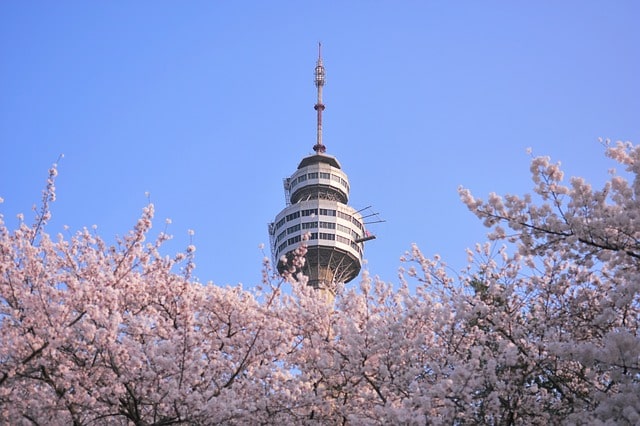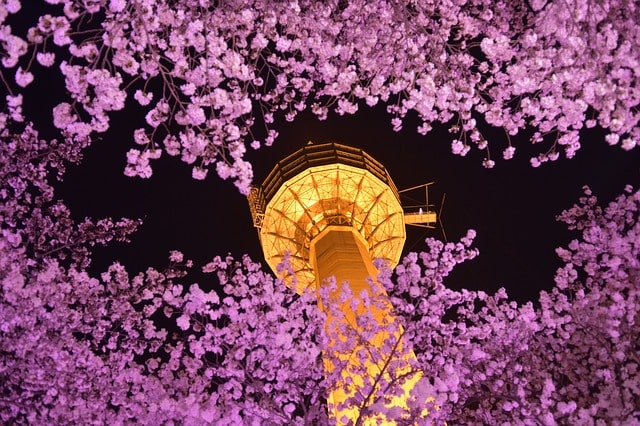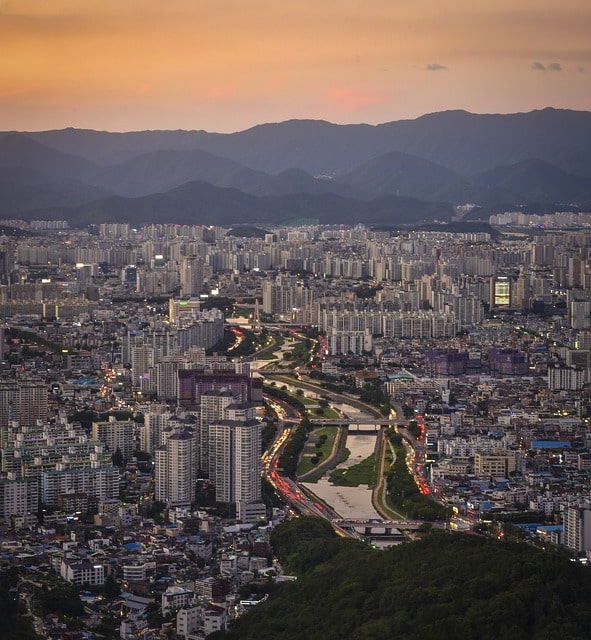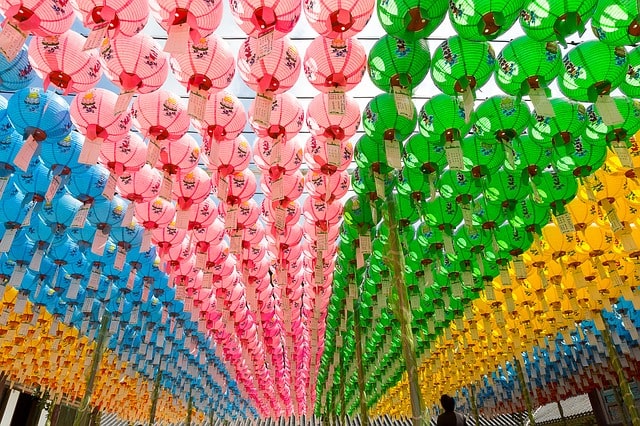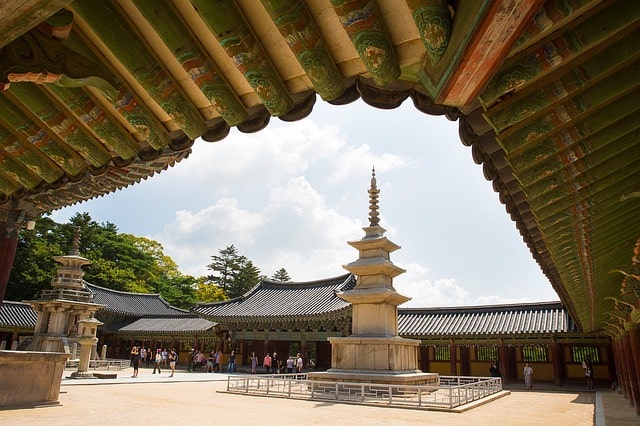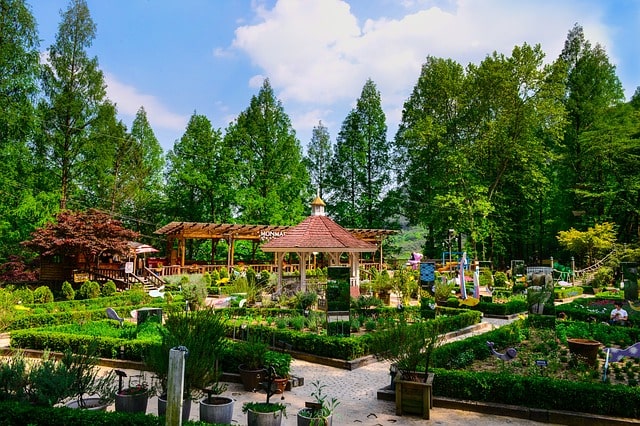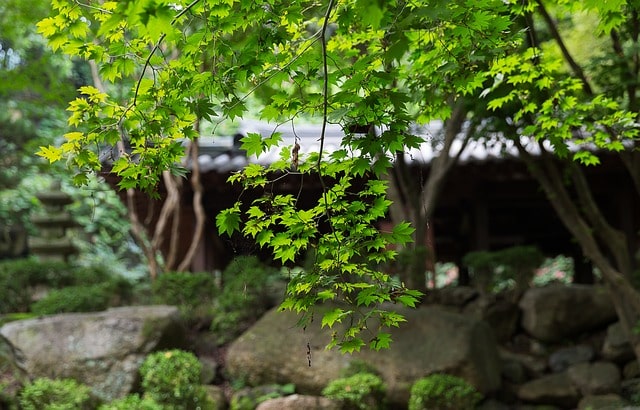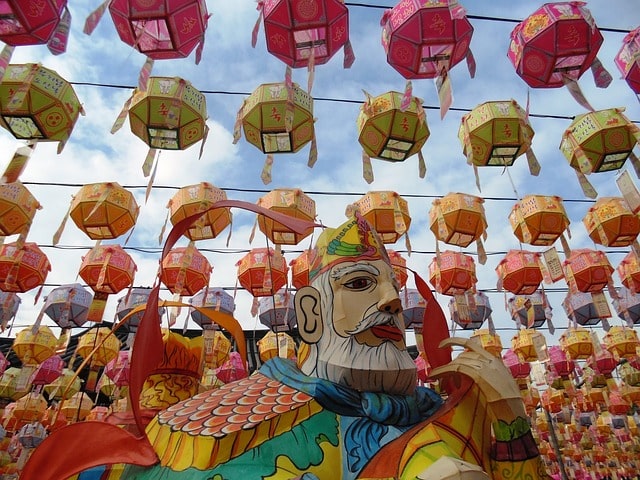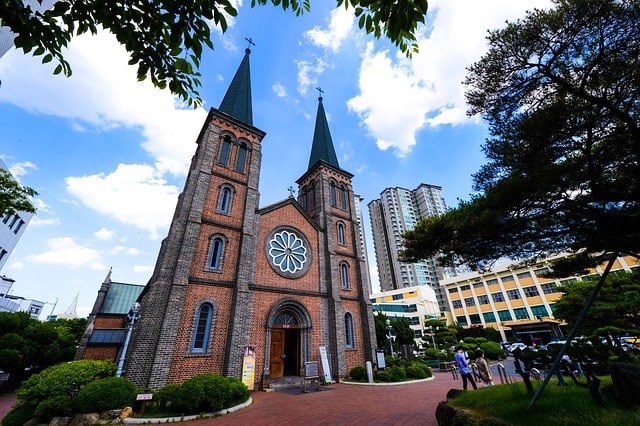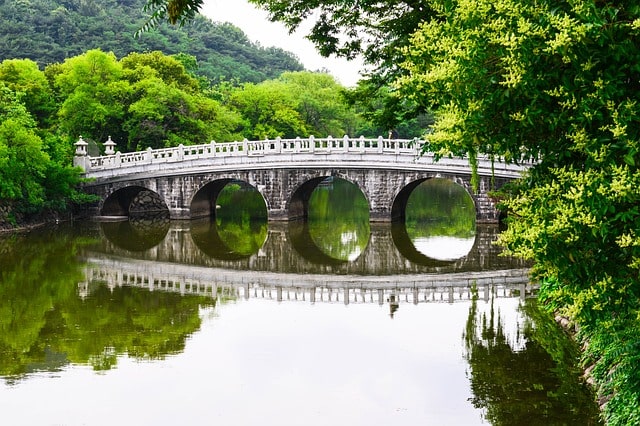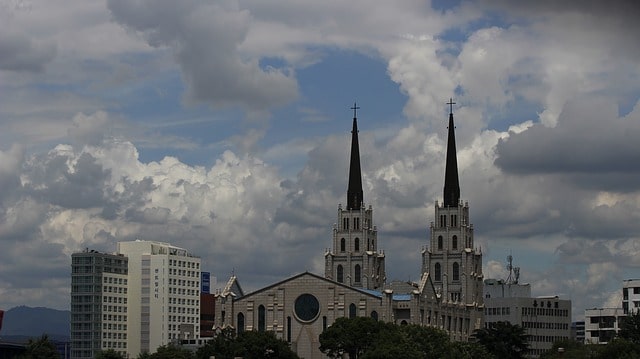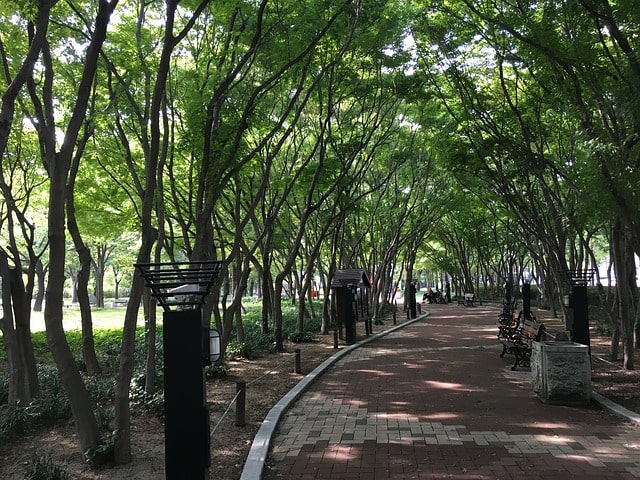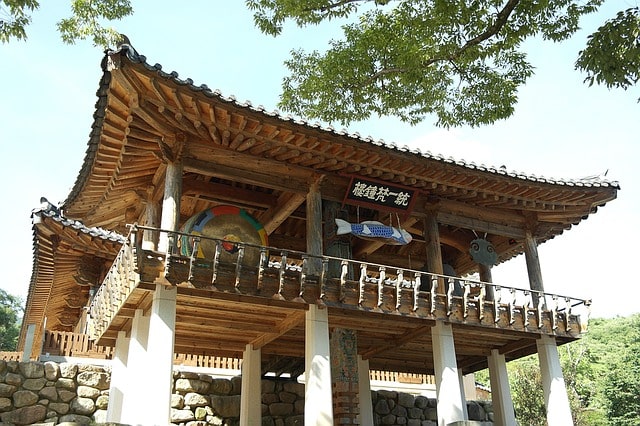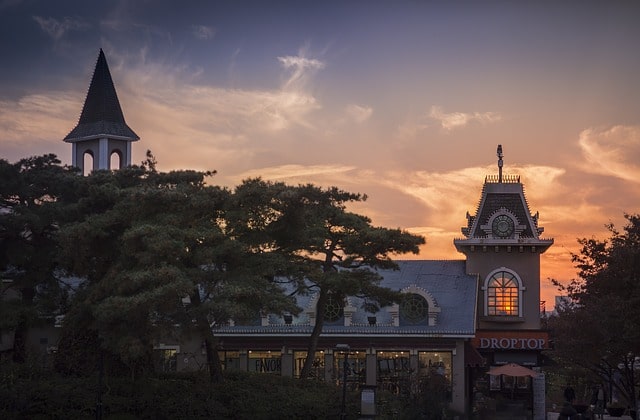Daegu is one of Korea's biggest cities and hosts many festivals and concerts, as well as being a popular place for visitors due to its abundance of green parks, museums, and historic temples.
Daegu
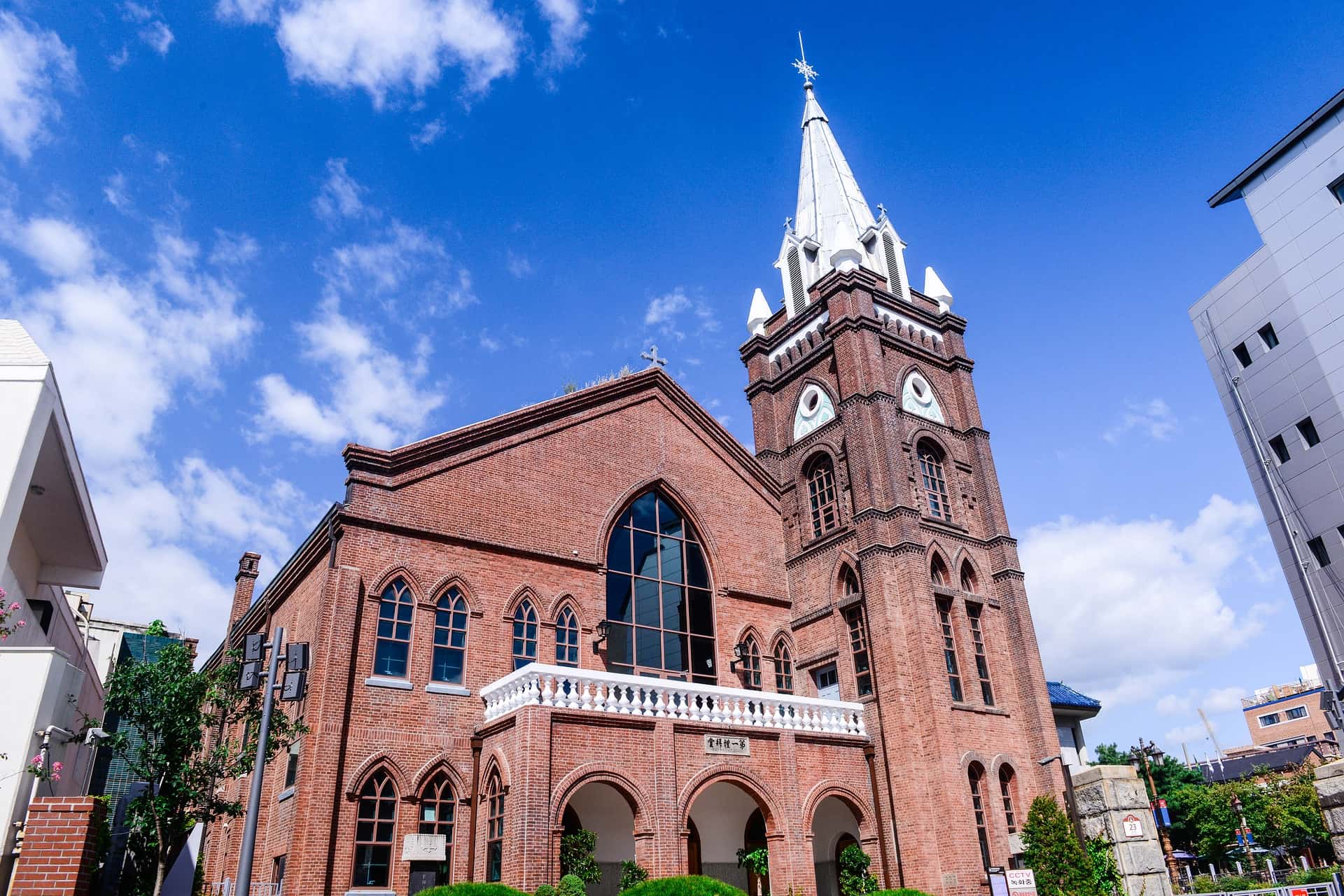
Daegu in Daegu (South Korea)
Daegu guide
What to do in Daegu
A Mountainside Buddhist Masterpiece
An enormous complex of Buddhist temples, Donghwasa is actually located about 45 minutes north of Daegu, but it's a journey that you'll want to make. Dramatically constructed on the slopes of Mount Palgongsan, the complex was initiated in 493 AD, and became a key center of Buddhist learning on the Korean peninsular. You can still book short stays to study sutras and absorb yourself in temple life, but short visits give a great feel for its grandeur and history.
A Repository Of Riches
Easily Daegu's major museum, the National Museum ranks among Korea's finest and can be found in the Hwanggeum neighborhood, a little way south of the downtown area. Visiting is recommended, and you'll probably need a day to see all of the sets of armor, ornate Joseon-era jewelry, sacred Confucian texts, and stunning works of art from the Buddhist temples and excavations in the region. There are over 30,000 artifacts in all, so ensure you have plenty of time (and the stamina) but when you emerge, you'll be captivated by the history and cultural riches of Gyeongsang province.
Street Food And Shopping On A Grand Scale
If you have a taste for shopping (and in Korea, that's a must), Seomun Market is the first place you'll want to head. Classed as one of Korea's "Big Three" markets, it sprawls over more than 4,000 stores and stalls, and has been taking place in some form for over 400 years. These days, while clothes and electronics are present in huge quantities, Seomun is also a prime location to tuck into Korean street food. Whether you're after a bowl of fishy kalguksu noodle soup, or some chewy nabjak mandu dumplings, the vendors here will cook it up in seconds, and for very reasonable prices.
Daegu's Green Escape
Situated in the southern half of Daegu, Apsan is more or less a wilderness park, and is the main refuge for locals with a taste for the great outdoors. Within the precincts, you'll probably stumble across the powerful Nakdong River Battle Museum, which remembers a Korean War battle, while there are Buddhist temples and even an amusement park inside the grounds. But the real pleasure is just following the trails and experiencing Korea's natural beauty.
A Taste Of Traditional Village Life
For an insight into traditional Korean culture, make the short trip to Otgol Village, a few miles east of the city center, at the foot of Palgong Mountain. When you get there, you'll find a clutch of buildings that look centuries old, which is a bit of an illusion, as they've been rebuilt numerous times over the years. But they retain the same construction as 16th and 17th century homes. Wander around at your leisure - it's a magical place, and a real throwback to a more sedate era.
Where to stay in Daegu
Hotel Inter Burgo features both indoor and outdoor swimming pools, while Hotel Savoy has more eclectic room designs at cheaper prices.
Popular Neighborhoods in Daegu
Dongseongno - this downtown business center holds the highest concentrations of banks, restaurants, and shopping opportunities.
Dalseo-gu - here you can find multiple amusement spots as well as Kyungpook National University.
Duryu Park - this neighborhood is comprised of a large fortress and several monuments within including Daegu Tower, Woobang Tower Land, and Kolon Bandstand.
Climate in Daegu
In Daegu, the summers are warm, muggy, wet, and mostly cloudy and the winters are very cold, dry, and mostly clear. Over the course of the year, the temperature typically varies from 26°F to 88°F and is rarely below 18°F or above 95°F.
The best times of year to visit Daegu for warm-weather activities are from mid May to late June and from late August to early October.

 Español
Español
 Français
Français
 Italiano
Italiano
 Português
Português
 Deutsch
Deutsch
 简体中文
简体中文
 Filipino
Filipino
 Bahasa Malaysia
Bahasa Malaysia
 日本語
日本語
 한국어
한국어
 Tiếng Việt
Tiếng Việt
 ภาษาไทย
ภาษาไทย
 繁體中文
繁體中文
 हिन्दी
हिन्दी
















